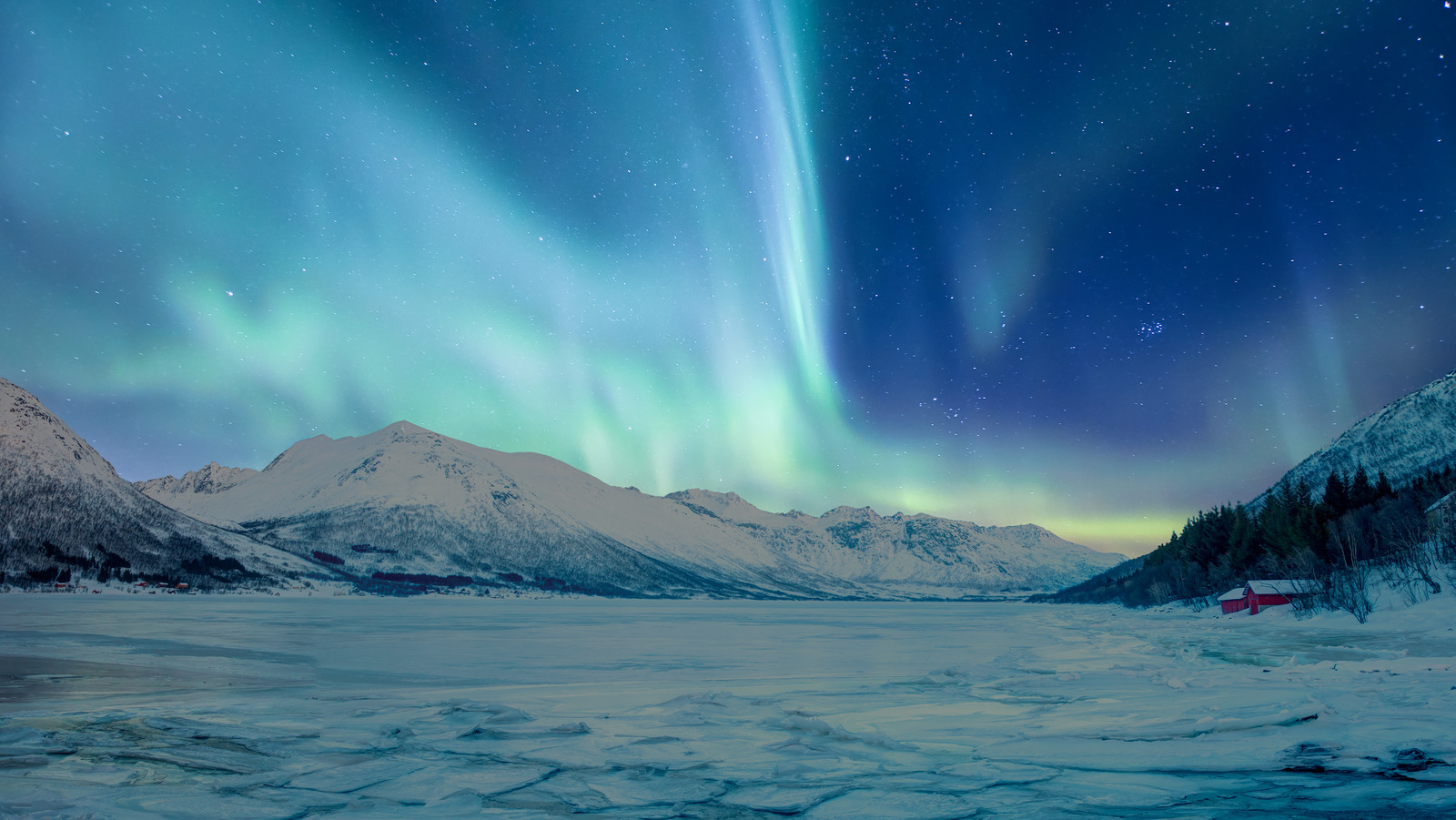
Another interesting thing relating to the time zones of the North Pole and South Pole is that, due to their positioning, the poles also don’t have regular day and night like most time zones. Instead, both of the poles are subject to drawn-out stretches of both daylight and what can seem like never-ending night (via Australia Antarctic Program). Per the National Oceanic and Atmospheric Administration, there’s no sunlight at all from October to March at the North Pole. From March onwards, the sun rises progressively, reaching its peak in mid-June.
Read Related Also: Trump demands election fraud trial be televised so public can see it is ‘nothing more than a dreamt-up unconstitutional charade’
Writing for Scientific American, Katie Weeman discussed how confusing a lack of time zones can be. Weeman shared that her role was to “support communication” for the ship “Polarstern” from a remote, time-zoned position — i.e. Colorado. There were 100 people from 20 different countries on the ship, and yet not one of them was in the same time zone, rather co-existing in a completely liminal space.








